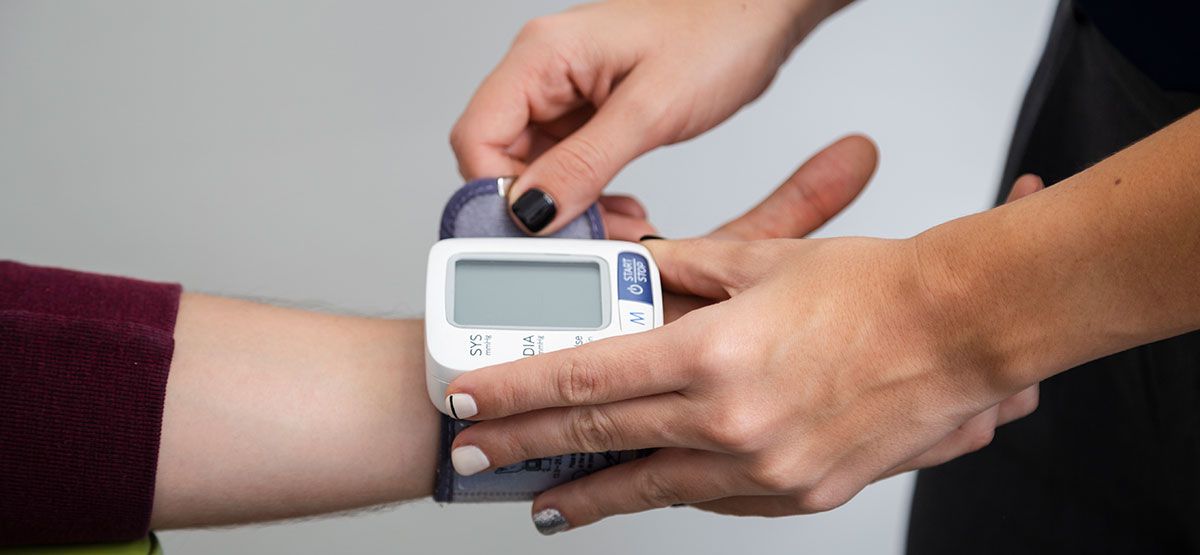
Basics of Unique Device Identification (UDI)
What is UDI?
An UDI is a distinct numeric or alphanumeric code used to identify medical devices throughout healthcare supply chains. These codes are generated by product owners based on globally accepted standards for device identification.
The UDI code consists of two standard elements, which are:
- Device Identifier (DI): DI identifies the labeler and the model or version of a device. The DI is a required component and considered to be the static portion of the UDI, meaning that it is the same for all instances of the product model or version.
- Production Identifier (PI): PI identifies one or more variable characteristics, such as manufactured date, expiration date, lot number, or serial number. The PI is considered to be the dynamic portion of the UDI, meaning that the PI value changes according to the production controls.
The DI is always first and is followed by the PI if it has a value.
Unique Device Identifier (UDI) = Device Identifier (DI) + Production Identifier (PI)
There are different Issuing Agencies/ Entities for issuing an UDI for a medical device they are:
GS1: Global Standards 1 (GS1) are a nonprofit standards agency, GS1 sets international standards for supply chains, electronic data exchange, healthcare, and more. GTIN (Global Trade Item Number) and UPC (Universal Product Code) are GS1 standards, both are numeric only codes. GS1 provides a “GS1 Company Prefix” to a subscribing organization and reserves a range of “Item Reference” numbers for the organization to assign to their product portfolio. GS1 charges an initial fee and a lower annual renewal fee for the subscription. GS1 is used by the majority of medical device manufacturers.
HIBCC: Health Industry Business Communications Council (HIBCC) is a nonprofit organization focused on setting standards for the healthcare industry. The HIBC (Health Industry Bar Code) standard is managed by HIBCC and is an alphanumeric code. HIBCC provides a Labeler Identification Code (LIC) to an organization after paying a one-time subscription fee. The organization creates and assigns Product/Catalog Numbers (PCN) to their product portfolio without an additional charge.
ICCBBA: International Council for Commonality in Blood Banking Automation (ICCBBA) is a non-governmental organization. ICCBBA focuses exclusively on standards for medical products of human origin, such as blood products, tissues, and organs for transplant. It manages the ISBT 128 standard used in more than 75 countries. Only a few niche medical devices are identified using the ICCBBA standard.
Issuing Agency standards typically define a device identifier to encode a company, a product model, a package level, and a check character used to verify the accuracy of the code.
UDI codes are included on the product and package labels and, in some cases, printed directly on the device itself. Regulations require the UDI be presented in both Automatic Identification and Data Capture (AIDC) and Human Readable Interpretation (HRI) formats.
The AIDC format is a one- or two-dimensional barcode. This format allows the product to be identified quickly and accurately by using barcode readers and scanner technologies. The HRI text format refers to easily readable text that allows the product to be identified by humans without the use of any scanning or barcode reader technology.
In the case of reused and reprocessed devices, such as a surgical scalpel, the UDI must be directly marked on the product, as the product packaging is discarded. There are different direct marking technologies such as laser etching, to mark the product for the life of the product.
Once the UDI is issued, the data must be securely stored in the manufacturer’s repository and submitted to the respective health authority’s Unique Device Identification Database (UDID).
In general, regulations require product UDI data to be reported to the UDID before the medical device is placed on the market. The UDI Device Identifier and numerous other data attributes need to be collected and submitted to the UDID.
An increasing number of health authorities are implementing UDI requirements to improve patient safety and the patient experience. Accurate, comprehensive product information gleaned from UDIDs is essential to ensure the correct and safe use of devices by all users, including patients, caregivers, healthcare providers, hospitals, and industry.
The primary goal of a UDI system is to ensure proper adverse event reporting among medical devices. UDI increases the accuracy of product traceability and enables medical device manufacturers, regulatory bodies, and other analysts to discover trends earlier and respond quicker in the event patient safety is at risk due to a certain device issue.
In order to effectively streamline UDI labeling and submissions for your medical devices, it is essential to have a thorough understanding of the entire process of development, validation, design, and submission of requirements. DDi offers a single Unique Device Identification (UDI) solution that meets compliance requirements across all countries.
Explore Topics
- Clinical Automation (8)
- Consumer Health (1)
- IRT & Clinical Supplies (16)
- Labeling (14)
- Regulations (13)
- Regulatory Automation (12)
- Regulatory Biopharma (1)
- Regulatory Content Management (5)
- Regulatory Information Management (10)
- UDI (9)
- Writing (8)
Recent Blogs
 Top Features to Look for in a …Regulatory Content Management
Top Features to Look for in a …Regulatory Content Management The Role of Content Management…Regulatory Content Management
The Role of Content Management…Regulatory Content Management How Regulatory Document Manage…Regulatory Content Management
How Regulatory Document Manage…Regulatory Content Management
Previous Post
Next Post
Related Posts

